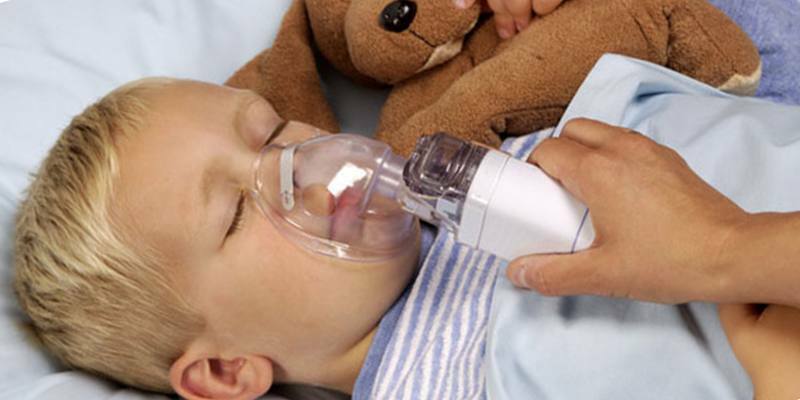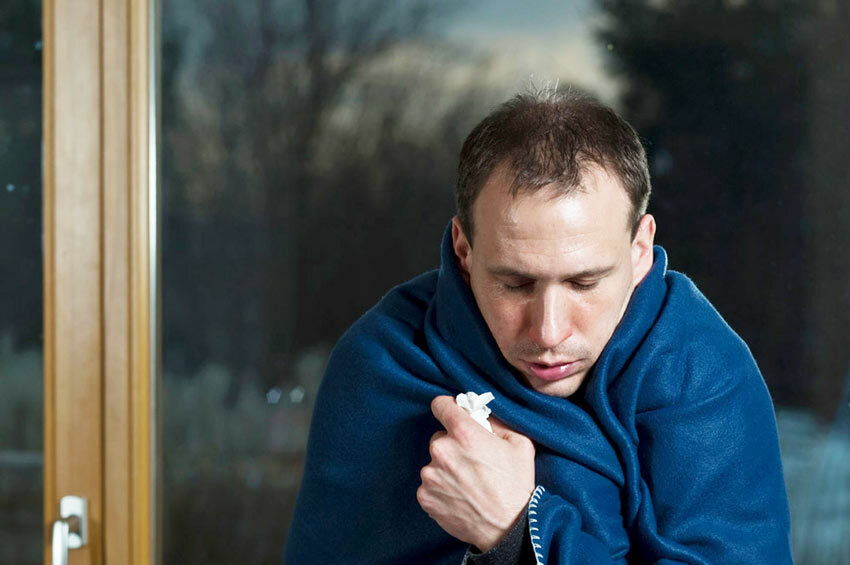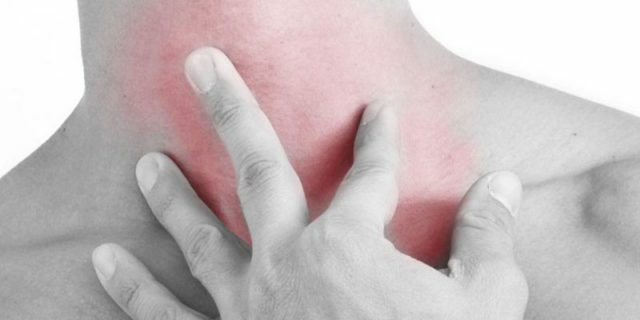
Contents of page
- 1 Pharyngitis: classification of
- 2 Reasons for
- 3 Symptoms of the disease
- 4 Complications of pharyngitis
- 5 Methods of treatment
Pharyngitis is an inflammatory process that affects the mucous membranes and lymphoid tissue of the pharynx. Among diseases of the ENT - organs, this ailment occurs most often. Especially often pharyngitis is diagnosed in children, while it is almost always accompanied by inflammation of the upper respiratory tract.
Pharyngitis: classification of
There are two types of pharyngitis:
- acute;
- is chronic.
Acute pharyngitis develops as an independent disease after hypothermia, overheating, inhalation of dust or irritants. The inflammatory process can cause too cold or hot food or the effects of infectious agents. Taking into account the cause, which provoked the development of acute pharyngitis, its following varieties are distinguished:
- bacterial;
- is viral;
- fungus;
- is allergic;
- is traumatic;
- caused by the influence of aggressive factors( hot steam, liquid, chemicals, radiation).
Chronic pharyngitis can develop as an independent disease( due to regular irritation of the mucous throat), or its cause is not fully treated with acute forms of pathology. Given the nature of the lesions, the following forms of chronic pharyngitis are distinguished:
- simple( catarrhal);
- is atrophic;
- is hypertrophic.
Very often during the illness, different types of pharyngitis are combined. In this case, a mixed form of the disease is diagnosed.
Causes of
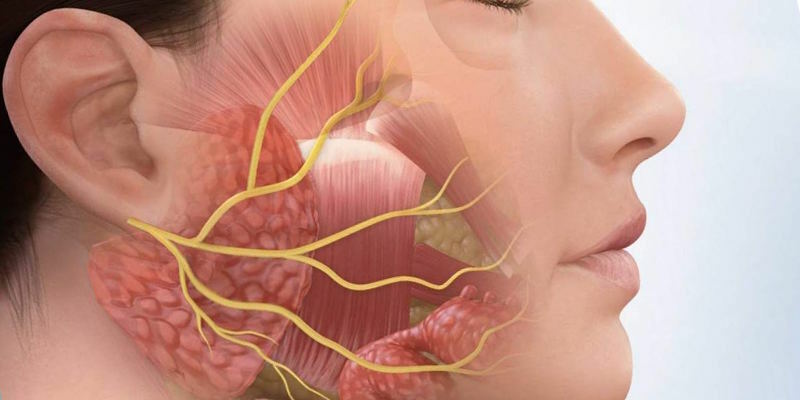
The main factor that provokes the development of pharyngitis, physicians consider the effect of cold, contaminated or hot air, or the effect of chemical stimuli.
The cause of infectious pharyngitis are:
- pathogenic microorganisms( pneumococci, strepto- and staphylococci)
- viruses( adenoviruses, influenza viruses);
- fungi( candida).
In addition, the inflammatory process can be triggered by an infection that seizes neighboring organs. For example, often pharyngitis develops on the background of dental problems, sinusitis or chronic rhinitis( common cold).
Causes of acute pharyngitis
In almost 70% of cases, the causes of acute pharyngitis are caused by viruses. The most common of these are rhinoviruses, adenoviruses, coronaviruses, influenza and parainfluenza viruses, as well as pneumococci, strepto- and staphylococci.
Much less often the inflammatory process in the pharyngeal mucosa is triggered by herpes simplex viruses, cytomegalovirus, enteroviruses or Coxsackie viruses and Epstein-Barra viruses. In other cases, the development of acute pharyngitis is promoted by allergic reactions, trauma or the influence of irritating factors.
Causes of chronic pharyngitis
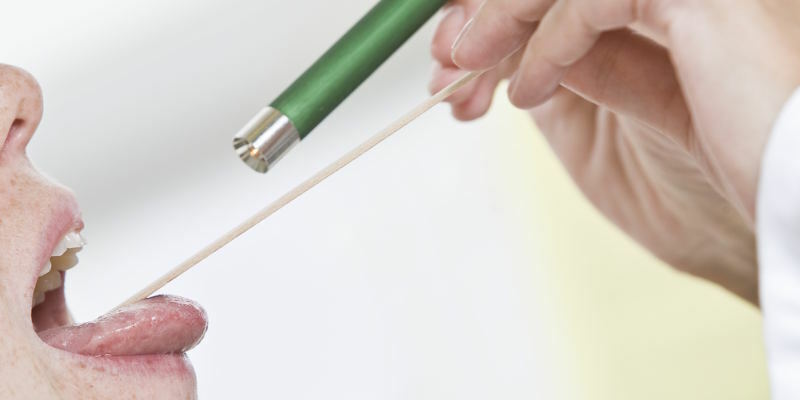
The main reasons for the transition of the acute form of pharyngitis to chronic, are:
- Frequent colds, accompanied by a fall in immunity.
- Harmful habits, especially long-term smoking or inhalation of tobacco smoke with passive smoking.
- Severe concomitant diseases( diabetes mellitus, renal, pulmonary or cardiac failure).
- Hormonal disorders, diseases of the thyroid gland.
- Avitaminosis, long-term stressful situations.
- Diseases of the digestive tract( pancreatitis, atrophic gastritis, cholecystitis, gastroesophageal disease).
- Effect of chemical stimuli. Long-term use of certain medications( for example, vasoconstrictive drops), inhalation of vapors from household chemicals, paints, pathological conditions of the esophagus and stomach, in which their acid content is thrown into the nasopharynx( gastroesophageal reflux).
- Exposure to physical factors - inhalation of dust, hot or cold air, intake of too much, or excessively cold or hot food.
- Professional factor. Work in hazardous industries associated with a large amount of dust, steam, harmful chemical fumes or occupations associated with constant high loads on the throat muscles( singers, speakers, teachers).
Classification of pharyngitis according to ICD 10 depends on its form and type of causative agent of infection. Thus, the acute form of pharyngitis is designated code J02, while the disease caused by streptococcal infection will have the code J02.0
Symptoms of the disease
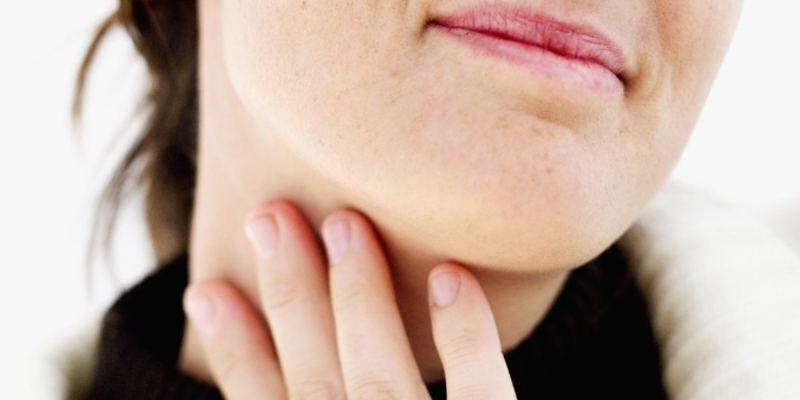
Acute forms of pharyngitis are accompanied by such characteristic symptoms as dryness and sore throat, discomfort and painful sensations when swallowingwith an "empty" throat).With palpation, there is an increase in the size and tenderness of the cervical lymph nodes. At the same time, the patient complains of general malaise, fever to subfebrile values, often with the spread of the inflammatory process, pain in the ears arises.
Often, these symptoms are the first sign of some infectious diseases - scarlet fever, measles. In this case, the picture of the disease is complicated by high fever, the appearance of rashes and other signs of intoxication of the body.
In children
Acute pharyngitis in children usually occurs in a more severe form and is accompanied by a pronounced inflammatory process in the nasopharynx, abundant discharge from the nose( catarrhal rhinitis), difficulty in nasal breathing, increased temperature.
Many parents are interested in: "How many days is the temperature with pharyngitis"?It is difficult to give an unambiguous answer to this question. It all depends on the clinical picture of the disease and the severity of the symptoms. In general, the symptoms and treatment of pharyngitis in adults is almost no different from the picture of the disease in children.
Chronic pharyngitis usually does not cause significant deterioration in general condition. The body temperature does not rise, but the patient complains of perspiration and dryness in the throat, a sensation of a lump and a constant desire to clear his throat.
Often there is a persistent dry cough with pharyngitis or discomfort associated with the need to swallow the mucus that accumulates on the back of the pharynx. Often the manifestations of chronic pharyngitis are accompanied by general weakness, headache, an increase in lymph nodes.
Granulosa pharyngitis
This form of the disease is manifested by constant dryness and itching in the throat, a sensation of tickling or burning, and when swallowing there is a pressing pain. There is sputum or mucus, which is difficult to expectorate, at night there are bouts of spasmodic cough. When viewed on the back of the pharynx, red nodules are visible, which are formed due to damage to the lymphatic tissue.
Subatrophic pharyngitis
Also accompanied by dryness, perspiration, sensation of a lump in the throat. In this case, the desire to clear throat leads to attacks of dry cough, which torments the patient continuously( even at night).On the wall of the pharynx, mucus constantly accumulates, crusts form, an unpleasant odor from the mouth appears. An excruciating cough causes insomnia, which contributes to the appearance of increased nervousness and irritability.
Atrophic pharyngitis

On the mucous nasopharynx gradually appear bloody crust. Simultaneously, the mucous membranes of the throat pale, become dry and thinned. The surface of the pharynx can be covered with dried mucus, sometimes it becomes noticeable injected vessels.
Hypertrophic form is accompanied by mucosal edema, hyperemia and the formation of foci of hyperplastic lymphoid tissue on the back wall of the pharynx.
To consider all the features of this or that form of pharyngitis can be in the photo, which are presented on thematic sites on the Internet.
Complications of pharyngitis
If the treatment of acute pharyngitis does not start in time, the disease quickly changes into a chronic form, which subsequently threatens with unpleasant complications, up to the complete atrophy of the pharyngeal tissues or malignant tumor process. Chronic pharyngitis may eventually change into tracheitis, laryngitis( inflammation of the trachea and larynx) or cause chronic bronchitis.
Pharyngitis caused by streptococcal infection, provokes an abscess, which is a sign of constant sore throat, erythema and unilateral swelling. Another unpleasant manifestation is the inability to talk for a long time. This becomes a real problem for those patients whose professional activities are related to teaching and lecturing.
Diagnosis
An experienced otolaryngologist will easily put the right diagnosis in any form of pharyngitis. For this purpose, the mucous membrane of the throat is inspected. The procedure is carried out using a special device - a pharyngoscope and in good light.
Additionally, in order to differentiate from other diseases with similar symptoms, a number of bacteriological and virological studies of the smear from the pharynx are carried out. Using these methods can accurately determine the type of pathogen infection, in order to further assign the right treatment.
If necessary, an endoscopic examination of the nasopharynx and larynx is performed, a tomography of these organs is performed, other narrow specialists( endocrinologist, gastroenterologist or neurologist) are involved.
Methods of treatment
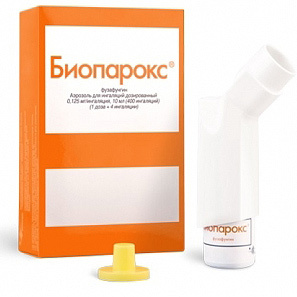
To choose the right treatment tactics, it is first necessary to establish the causes that cause the characteristic symptoms. Uncomplicated forms of the disease, provoked by smoking, the influence of physical factors or the influence of irritants, do not require the use of antibiotic therapy.
In such cases it is possible to manage symptomatic treatment, including rinsing, warming up of the sore throat, hot drink, sparing diet, steam inhalations. Possible use of local antimicrobial therapy, that is, gargling with antiseptic solutions. A mandatory requirement for the treatment of pharyngitis is a complete cessation of smoking.
Antibiotics

Antibiotics for pharyngitis are prescribed if the causative agents of the infection are pathogenic bacteria. Such agents contain an antibacterial component with a broad spectrum of action, providing an antimicrobial and antiviral effect. Preparations for the treatment of pharyngitis are released in the form of solutions for rinses, inhalations, tablets, lozenges or lozenges for resorption. They must eliminate the effect of irritant agents, have low allergenicity and toxicity.
Antiseptic components( chlorhexidine, thymol and its derivatives, iodine, alcohols), local anesthetics for the elimination of pain syndrome( lidocaine, tetracaine), essential oils are essential for the composition of antibacterial agents. In addition, preparations may contain natural antiseptic substances isolated from plant extracts or beekeeping products, as well as vitamins and antiviral components. Drugs of choice for pharyngitis:
- Bioparox is an inhalation antibiotic based on fusafungin. Has antimicrobial and anti-inflammatory activity. Quickly cope with the manifestations of acute pharyngitis, which contributes to its dosage form. When spraying the aerosol, the active particles easily penetrate into the most inaccessible parts of the respiratory tract and have the necessary therapeutic effect.
- Hexoral. The drug with the active substance hex-ethidin is released in the form of a spray and a solution. This powerful tool with a wide range of antibacterial and antifungal effects. Additionally provides enveloping, antiseptic, analgesic and deodorizing effect. It is active against the majority of bacteria that cause pharyngitis.
- Octenisept. One of the best antiseptics with a wide spectrum of antimicrobial action, allowing to cope with a wide variety of pathogens, ranging from bacteria and ending with herpes viruses, chlamydia and fungi. The drug is available in the form of an aerosol, begins to act a minute after application and retains therapeutic effect for an hour. At the same time it is safe and does not have a toxic effect on the body.
Other medications
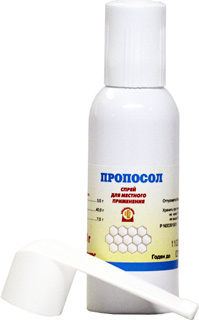
Among the other drugs commonly used in the treatment of pharyngitis, you can name preparations Cameton, Ingalipt, Hexaspree, Propol, Imudon, Iodinol, lozenges and lozenges for absorption - Pharyngosept, Sepptelet, Strepsils.
Some preparations based on iodine derivatives( iodine, Povidone-iodine), propolis( propol), essential oils or sulfonamides can irritate and provoke allergic reactions, which limits their use. In addition, it should be remembered that drugs containing chlorhexidine( Drill, Sebidin), have a high toxicity, so they can not be used uncontrolled, and with extreme caution used in the treatment of children.
To reduce discomfort and pain, the doctor may recommend rinsing with a warm solution of furacillin or a weak solution of potassium permanganate, which will additionally provide an antiseptic effect. Preparations in the form of lozenges for resorption or lozenges usually have low therapeutic activity, so they are prescribed only for mild forms of the disease.
For children

For young children who can not self-gargle or properly apply resorption tablets, prescribe irrigation of the pharynx with antiseptic aerosols( Cameton, Geksoral, Ingaliptom).To fix the therapeutic result from the treatment of acute pharyngitis and prevent relapses in the chronic form of the disease, it is recommended to treat the throat with Lugol's solution or protargol.
In addition, plant immunomodulators-preparations with echinacea, eleutherococcus, ginseng, vitamin-mineral complexes, promoting the activation of local and general immunity are prescribed.
During the course of treatment, a dietary adjustment is necessary. From the menu, all dishes with irritating effects( sharp, salty, spicy, acidic) are excluded. Do not serve too cold or hot food, all dishes should be warm. The patient is recommended an intensified drinking regime - it is necessary to use as much warm liquid as possible( milk with honey, tea with jam).From the use of alcoholic beverages, as well as from smoking, it is necessary to abandon completely.
Folk remedies for pharyngitis
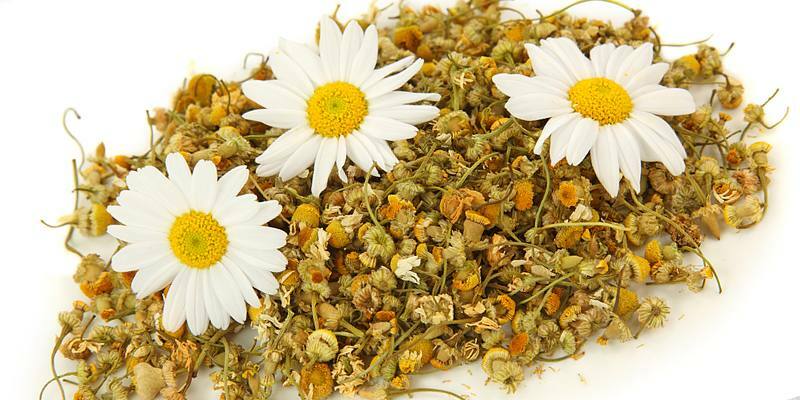
In the treatment of pharyngitis, traditional medicine is widely used. This rinsing broths of medicinal herbs( having anti-inflammatory and antiseptic effect), steam inhalations, warming up the throat, plentiful warm drink.
For relief, it is recommended to humidify the air in the room, drink more liquid and keep the throat warm. Useful warm herbal baths with the addition of essential oils, inhalations based on decoction of pine cones and needles, leaves of mother and stepmother, mint or string. To relieve the condition with an inflamed throat, it is recommended to chew 2 cloves of spice( spice) every 3 hours or rinse the throat with warm salt water( 1 teaspoon of salt per 500 ml of liquid).
The following plants are used as herbal infusions for inhalation:
- yarrow;
- peppermint;
- lavender;
- lime color;
- calendula;
- chamomile,
- plantain;
- sage.
Recipes

For the procedure, tinctures are prepared according to one scheme - 10 g of dry plant raw material is poured into 200 ml of boiling water, insisted for an hour, filtered and in a volume of 30 ml added to water for inhalation.
For treatment of the posterior pharyngeal wall with chronic pharyngitis, it is advised to prepare a composition of 1 part of alcoholic tincture of propolis( 10%) and 2 parts of peach oil and glycerin. This mixture should be daily lubricated sore throat.
Good anti-inflammatory effect allows you to achieve the following recipe: to prepare a collection of shoots of magnolia vine of Chinese( 10g) and an equal amount of alternating and mint( 5 g each).A large spoonful of collection pour 200ml of cold water and boil over low heat for 3 minutes. Infuse the composition for about an hour, filter and take in a warm form of 50 ml, adding a little honey to improve taste.
Chamomile tea has excellent softening and anti-inflammatory properties. For its preparation 1 tsp.chopped chamomile leaves pour 200ml of boiling water, insist, filter and drink in a warm form, or use for rinsing. A similar effect has a composition of an equal number of currant leaves, sage and chamomile inflorescences( 5 g each).10g of this collection pour a glass of water, boil for 5 minutes, then insist for an hour. A warm broth is recommended to drink before going to bed, adding 3 drops of fir oil to it.
Eliminate coughing attacks, reduce pain and alleviate irritation with a decoction of St. John's wort, oregano, sage, lemon balm and hop cones taken in equal proportions. In a thermos, you need to fall asleep two large spoons of vegetable collection, pour 500ml of boiling water, close the lid and leave to insist on all night. In the morning strain and take 1/3 cup several times a day or use the infusion for rinsing.
Prevention of pharyngitis
As prevention measures preventing the development of pharyngitis, it is recommended to completely stop smoking, avoid the influence of harmful, irritating factors, strengthen immunity, lead a healthy lifestyle, and revise the diet.
Timely treat foci of infection in the body, do not allow the development of caries and other dental problems.
During the heating season it is advisable to purchase a special humidifier, which will help to eliminate excessive air dryness in the room.
If there are problems with the gastrointestinal tract associated with gastroesophageal reflux, it is recommended to raise the head of the bed during sleep. This will help avoid casting the acidic contents of the stomach into the esophagus and exclude irritation of the pharyngeal mucosa.

